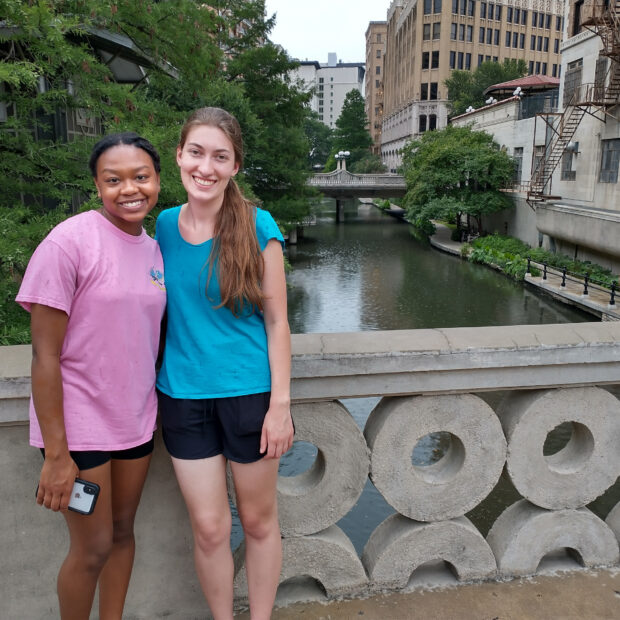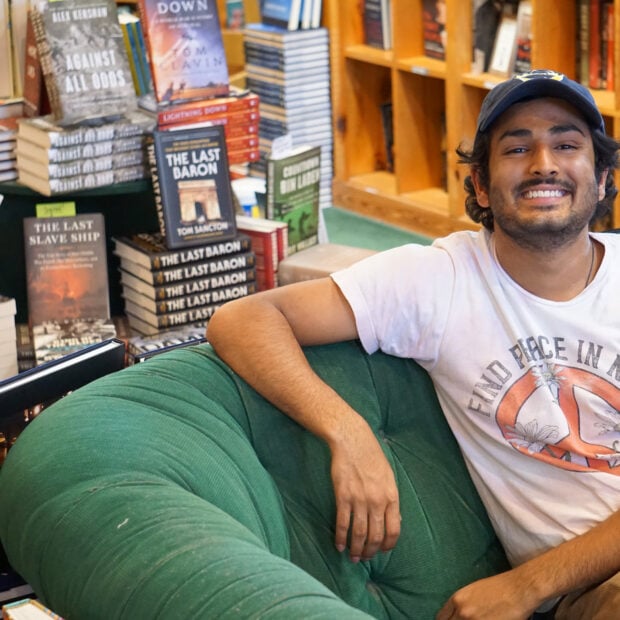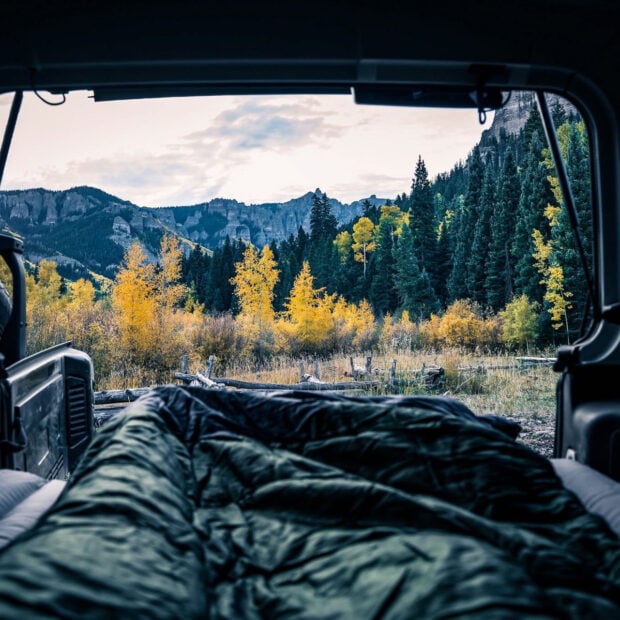Back in 2013, my cousin and her husband announced their goal to visit all 30 Major League Baseball stadiums in the U.S. and Canada. My husband James and I have never been ones to shy away from a challenge, so we decided to jump on the bandwagon and partake in this adventure. By 2016, we had racked up quite a few stadiums, but we were ready to take it up a level.
That summer, we decided to fly to St. Louis, Missouri, from our hometown of Raleigh, North Carolina, and meet my parents. From St. Louis, we would travel all the way to San Diego, California, stopping at different ballparks along the way. Our goal was to visit five MLB stadiums and two national parks. This was to be our longest road trip to date on our quest to indulge in the country’s favorite pastime.
I was a bit nervous. Our past baseball trips had involved going no farther than a major U.S. city, including Atlanta, Baltimore, New York, Philadelphia, Pittsburgh, and Washington, D.C. My husband, a Black man, felt comfortable and at ease in these diverse cities.
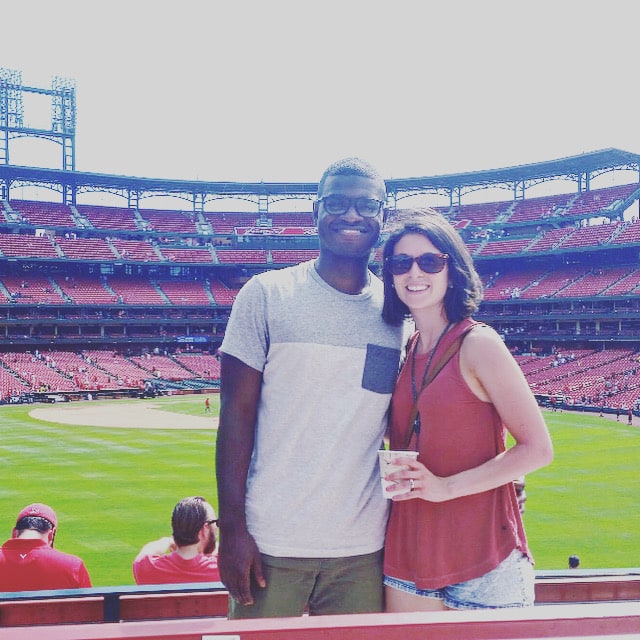
On the other hand, nature, hiking, national parks, and most of the rural, small towns across the U.S. were largely foreign to him—and things historically to be enjoyed exclusively by white people. He had qualms about the trip, but on the day of our departure, he was eager to see home runs and catch foul balls. It also helped that we were starting in St. Louis, a city with a large Black or African American population.
Healing power of nature
Once we arrived in St. Louis, we rented a Toyota RAV4 and immediately went to a Cardinals game. The crowd was boisterous and the atmosphere was electric. For baseball lovers, this is a stadium to put on your bucket list. So far, so good.
After the game, we wanted to get a head start, so we decided to head to Kansas City, Missouri, for a full day of exploring before the Royals game the next night. As we made our way out of bustling St. Louis, we soon realized that we were entering a more rural part of the country. We had to stop for dinner, and a Cracker Barrel caught our eye.
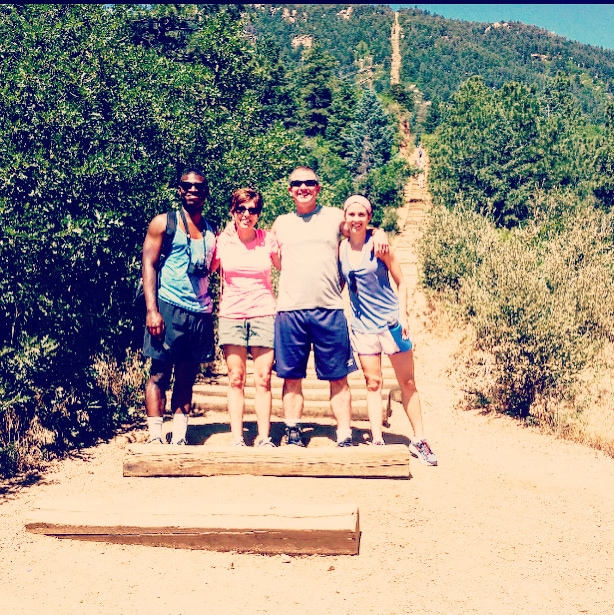
The first thing my husband and I noticed was that everyone at the restaurant was white—and the second thing we noticed was that everyone collectively stared at us as we entered. My husband was tense. I was tense. I am not sure my parents noticed. Gradually the stares dissipated, but my husband still remained on guard. I whispered reassurances. I’m from a small town myself, and I tried to explain that people stare because they either want to know, “Do I recognize these people?” or, “Who are these new outsiders?” My husband still seemed rattled, and I wondered if the trip was a mistake.
Things returned to normal in Kansas City, and got even better once we hit Denver, Colorado, as we entered into the next phase of our trip: the national park and nature phase. Having been to the state a couple of years earlier, I knew about the beauty of the mountains. James did not, and was in awe.
After attending a Rockies game, we had a 5-day break from baseball and took advantage of some of the national parks and natural attractions that Colorado and Utah have to offer: Rocky Mountain National Park, Manitou Springs Incline, Pikes Peak, Garden of the Gods, and Arches National Park. Each place was just as beautiful as the last, but my favorite was the incline. James’ favorite was a kayak adventure down the Colorado River right outside of Moab and Arches National Park. He wore a safari-like hat and paddled at the front of the pack near the tour guide and was the first to answer her questions. Later that evening, he brought his camera to the park and took shots of the sunset. He was living his best life, and I was living mine seeing him so relaxed and comfortable.
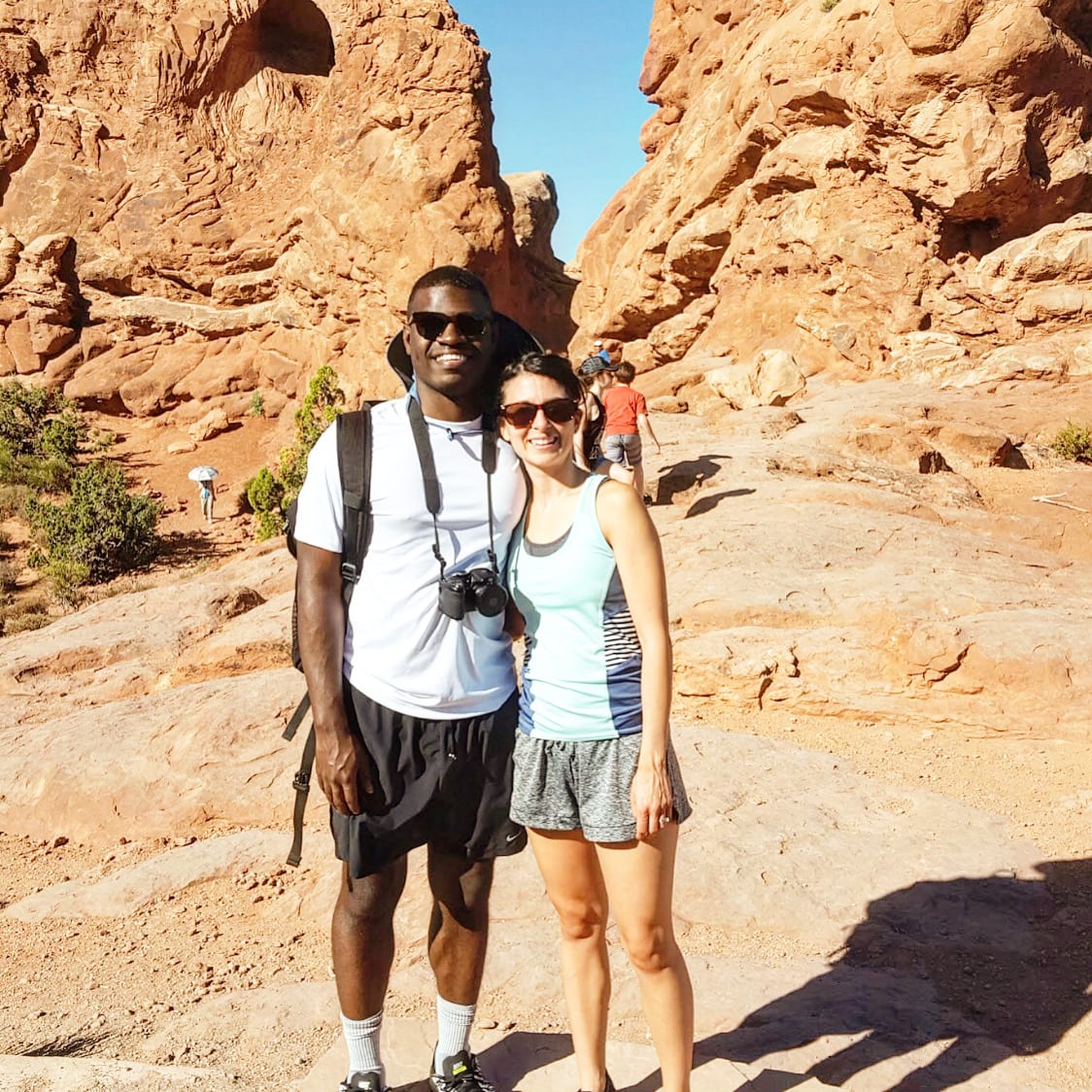
While the parks were packed with white people, James began to have a shift in his mindset, realizing that Black people can—and should—enjoy these spaces. For too long, Black people were barred from many places, including national parks—but, now more than ever, advocates are seeking ways to diversify the parks. James says he no longer wants to miss out on the healing power of nature.
Everyone belongs
Leaving the beauty of Utah, we drove through the canyonlands and red rocks of Arizona to Phoenix, and then continued on to the pleasantly perfect, sunny southern coast of California. I knew that this trip was a good idea, and we would be taking more like it—we came for the baseball games, but left with so much more.
Over the next few years, we took a few more smaller road trips—to New England, where we saw the Red Sox and Yankees, and a California road trip from San Francisco to Los Angeles to see the Athletics, Giants, Dodgers, and Angels. Along the way, we made stops at Acadia and Yosemite national parks, two truly beautiful sites where James led the charge on our numerous hikes.
Now, we have a son of our own, and hope to instill in him a love for both baseball and nature. And, perhaps when he gets slightly older, we will take him on a baseball-inspired road trip across the country; up mountains and over rivers, we will show him that he—and everyone who looks like him, including his dad—belongs in nature.
